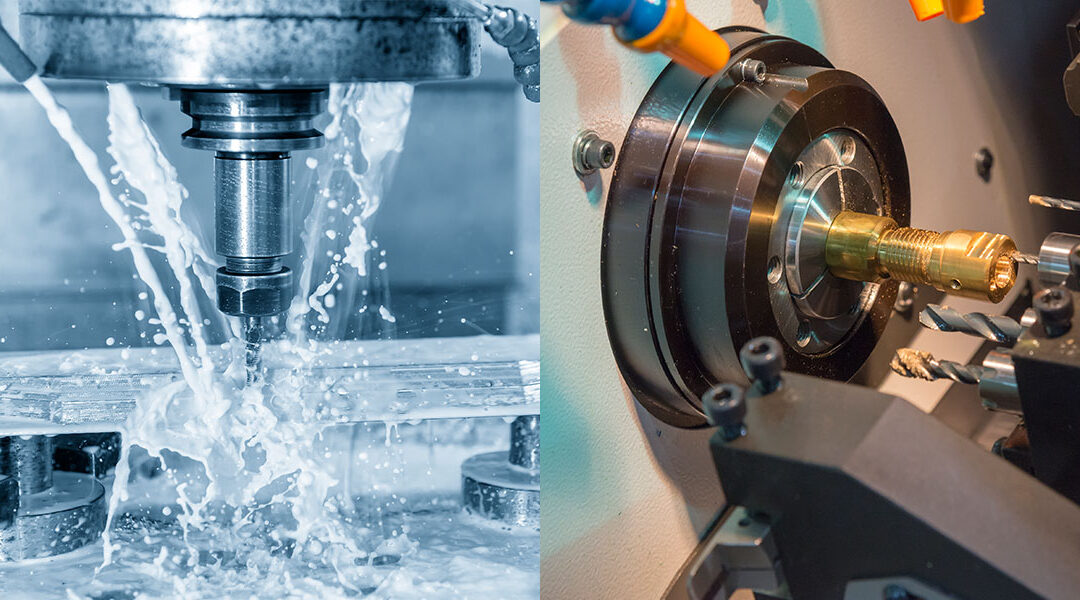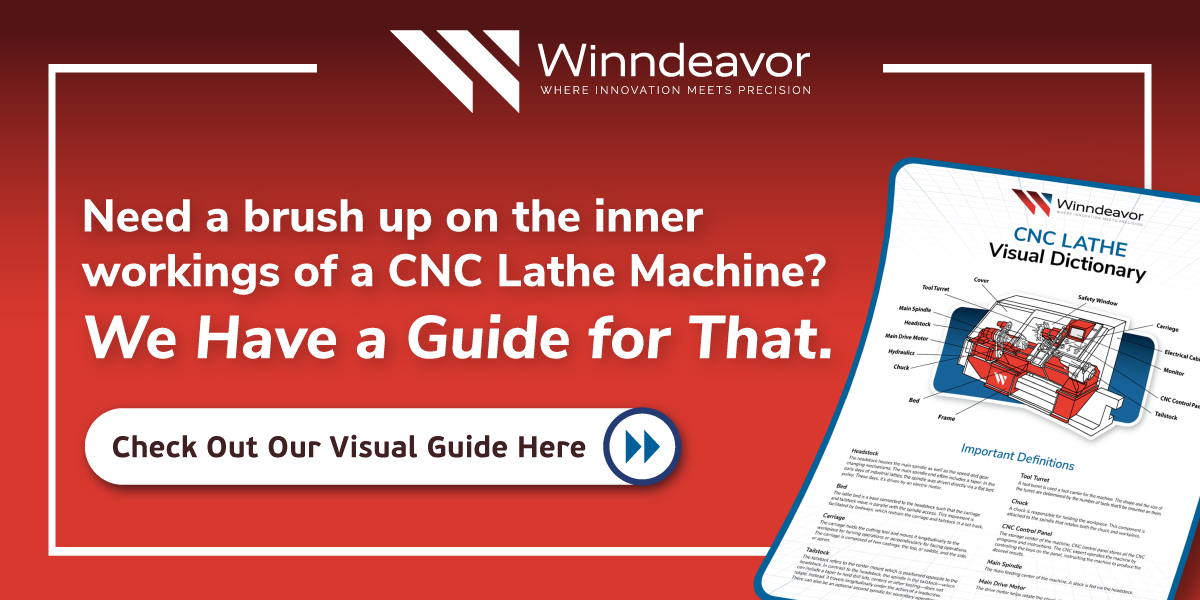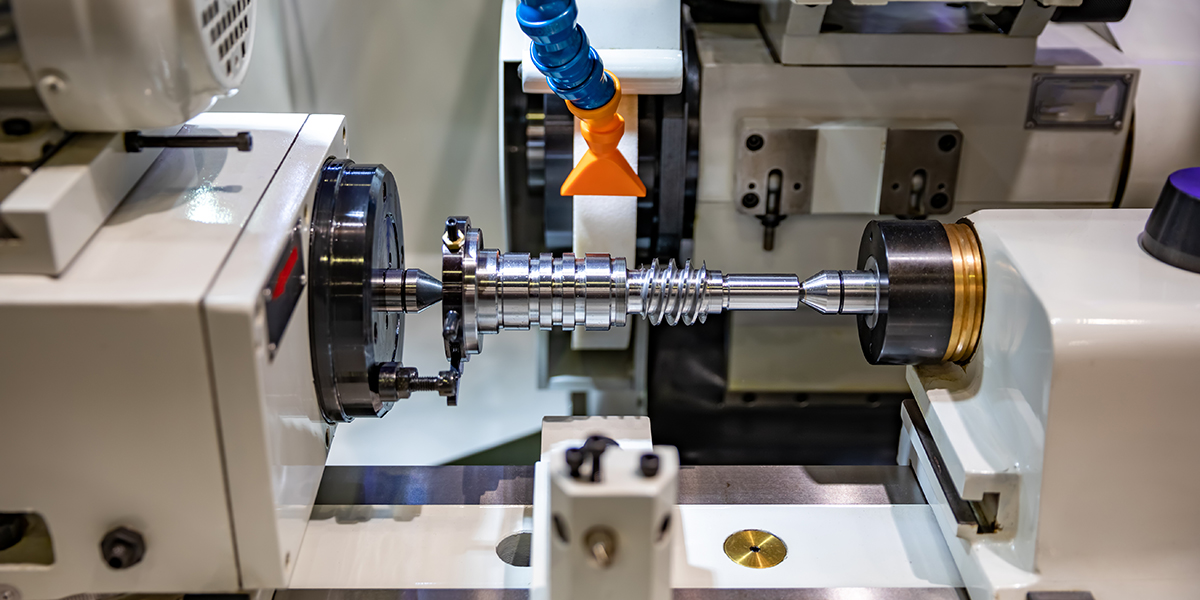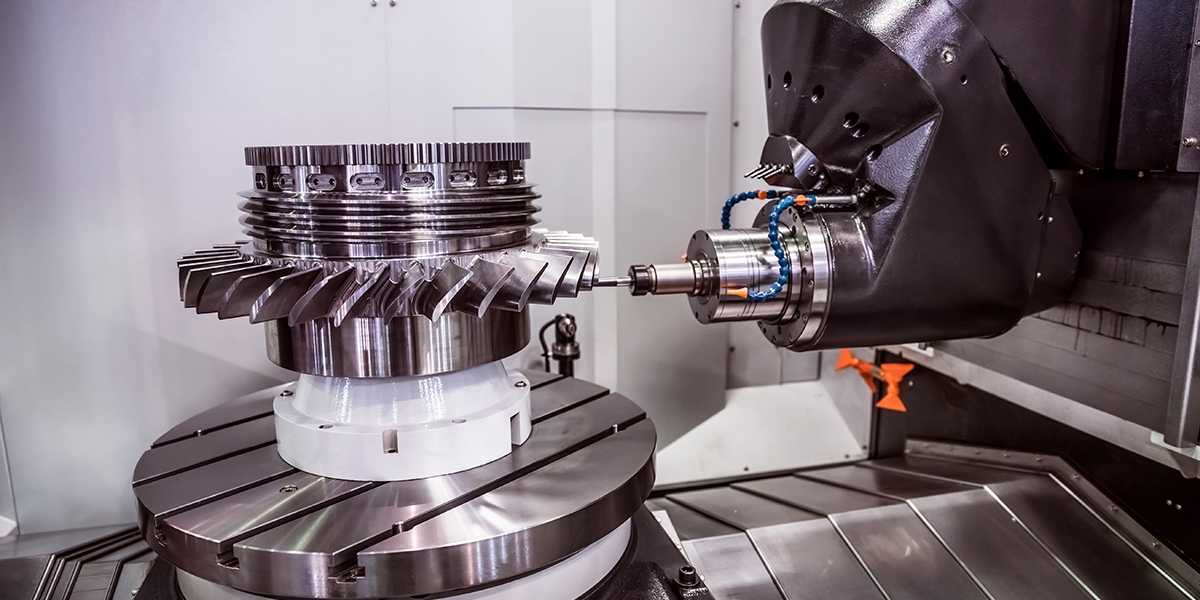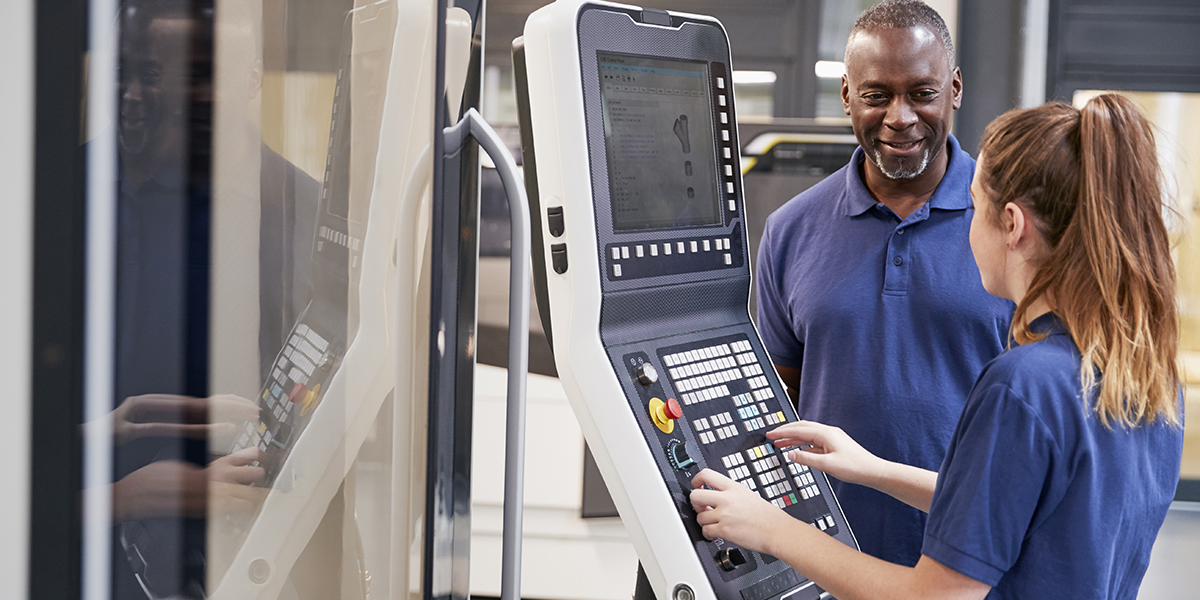In subtractive manufacturing, unique processes yield distinct shapes, finishes, and tolerances as excess material is removed from a pre-formed blank to craft the needed part. Each process has its benefits and limitations, making it suitable for specific jobs. The lines between the processes have blurred with advancements in machining technology, so in this blog, we will keep things simple and consider two processes, milling and turning, as distinct principles.
Click Here to Learn About Setting Up Vendor-Managed Inventory
Before we get into the differences, let’s look at the similarities between milling and turning. As both are subtractive manufacturing: layers of a solid block are removed to shape the intended product—contrast this with additive manufacturing, which adds layers to the block. Both turning and milling are conventional machining processes which use specially-designed cutting tools to compress a layer of the working material and shear it off the workpiece. Both can typically produce a reasonably good finish and both use cutting fluid to negate the heat that both processes generate.
What are the differences?
Well, just about everything else. Conventionally speaking, turning is used to create cylindrical or conical parts from barstock while milling crafts parts out of blocks on a flat surface. Taking into consideration all of the machining innovation of the last three decades including, but not limited to, live tooling, rotary tables, 5-axis capability, and so on, here’s a basic overview of the differences between milling and turning.
A turning machine holding the part to be machined on a spinning lathe and applying it to stationary tools.
In turning, the cutting tool remains fixed in place while the piece moves and rotates (literally “turns”) at fixed RPM on a spinning axle called a lathe; the rotation of the piece rather than the cutting tool provides the speed needed for shaping. Generally, if the piece is round, it will be turned—so the process is used to make washers, bolts, ball bearings, etc. The turning process is great for parts that require symmetry along their central axis and turned parts are typically produced faster and at a lower cost than milled parts, so turning is great for producing a large quantity of parts.
A milling machine holding the part to machine while the rotating milling cutter drops down and cuts into it.
Milling uses a multi-point cutting tool called a milling cutter which rotates at the necessary RPM to cut the piece. Notice the difference? The milling tool is rotating rather than the piece being shaped. In fact, this is the major difference between milling and turning. The milling process keeps the workpiece stationary while the tool moves around the X, Y, and Z axes of the piece. Machinists use milling in different ways from a secondary process for an already-manufactured part to add slots, threads, and holes to create a piece from start to finish, they are also used to craft short-run production parts, precision components, and prototype parts.
We have largely treated milling and turning as though they are mutually exclusive, but they can be used together—even at the same time! At Winn Machine, we are investing in the future of machining like the 5-Axis Mill, a machine that works in 5 axis to create the exact part needed in one powerful (and smart) machine. Whether you need your parts turned, milled, or both, Winn Machine has the equipment and the experience to craft exactly what (and how much) you need.

